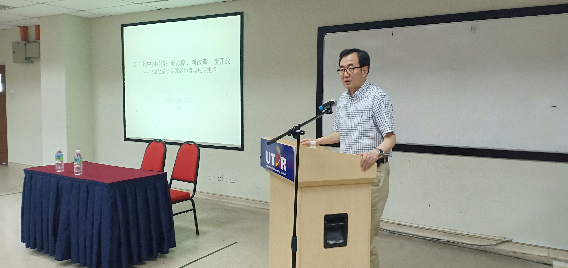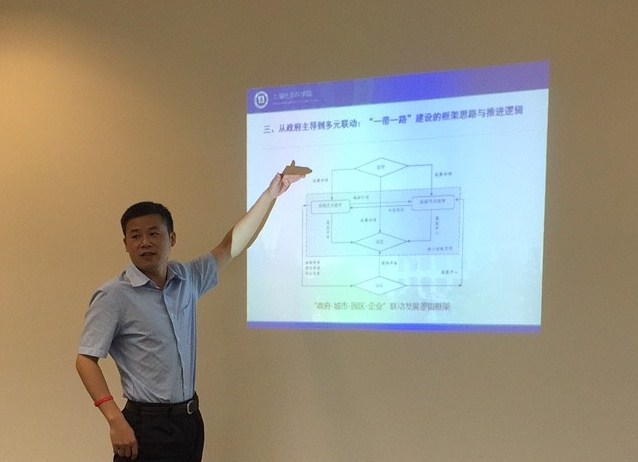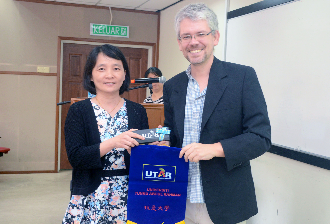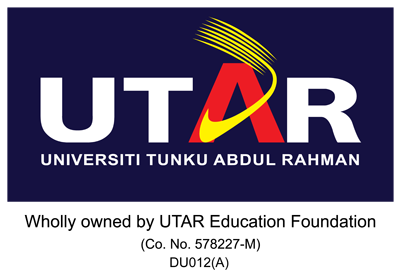
Prof Dr Mao Xinya is a Professor of Economics and Director of the Belt and Road Research Center at China Executive Leadership Academy Pudong (CELAP). During the talk, she provided the background of Belt and Road Initiative (BRI) and explained the ways of regional economic cooperation in BRI scheme as well as the progress of BRI. She also said that due to mega-regionalism such as Transpacific Partnership (TPP) and Transatlantic Trade and Investment Partnership (TTIP), China saw the need to take new opening measures to avoid economic marginalisation in the world stage. (read more)

China opening its economy

Talk on OBOR initiative
UTAR’s Tun Tan Cheng Lock Centre for Social and Policy Studies (TCLC), Belt and Road Strategic Research Centre and Centre for Chinese Studies jointly organised a talk on “One Belt, One Road (OBOR) Initiative” on 26 June 2018 at Kampar Campus.
Titled “From Government-led to Multiple-linkage: the Practical Logic and Deepening Strategy of Belt and Road Initiative (从政府主导走向多元联动:一带一路的实践逻辑与深化策略)”, the talk aimed to provide participants with a deeper understanding of the current and future overall trends of OBOR initiative.
The talk was presented by Shanghai Academy of Social Science Institute of World Economy National and Regional Economic Research Office Deputy Director Dr Sheng Lei. Dr Sheng is currently a researcher for the East China Normal University Institute for Global Innovation and Development. He is mainly engaged in research related to China and global economic transformation, and recently, he has begun to focus on the OBOR’s development strategy, China’s regional economic governance, China’s economic structural reform and the cyclical transformation of the global economy.

Talk on ECE and BRI
The Institute of Management and Leadership Development (IMLD) and the Belt and Road Strategic Research Centre (BRSRC) organised a talk on East-Central Europe (ECE) and the Belt and Road Initiative (BRI) at Sungai Long Campus on 2 May 2018.
Dr Csaba Horvath defined the patterns of ECE and explained the reason why the East-Central European region is interested in the BRI. He also explained how it acquired such a significant role in the initiative. He mentioned that the region was characterised by a high degree of ethnocultural, linguistic diversity and political fragmentation. It was divided among more than a dozen of small countries, where most of the countries being around or fewer than 10 million in population with the exception of Poland and Romania.
Showing the nationality map, he presented the geopolitical situation of the region and explained how the BRI redefines the historical position of the region. He also analysed the “16+1” cooperation, an initiative started in 2012 with the aim of enhancing trade and economic relations between China and 16 countries of Central and Eastern Europe, in the context of the bigger BRI initiative. He further explained the economic and political factors intertwined with its implementation. “One Belt, One Road is seen as an opportunity to have the status of transit hubs instead of being a peripheral backwater.
The region was strategically located as it was the entry point into the European Union, but so far the Chinese investment was relatively little,” said Dr Csaba Horvath in his conclusion.
The talk then ended with an interactive Q&A session, followed by a presentation of souvenir from BRSRC Chairperson-cum-IMLD Director Prof Dr Cheng Ming Yu to Dr Csaba Horvath.



